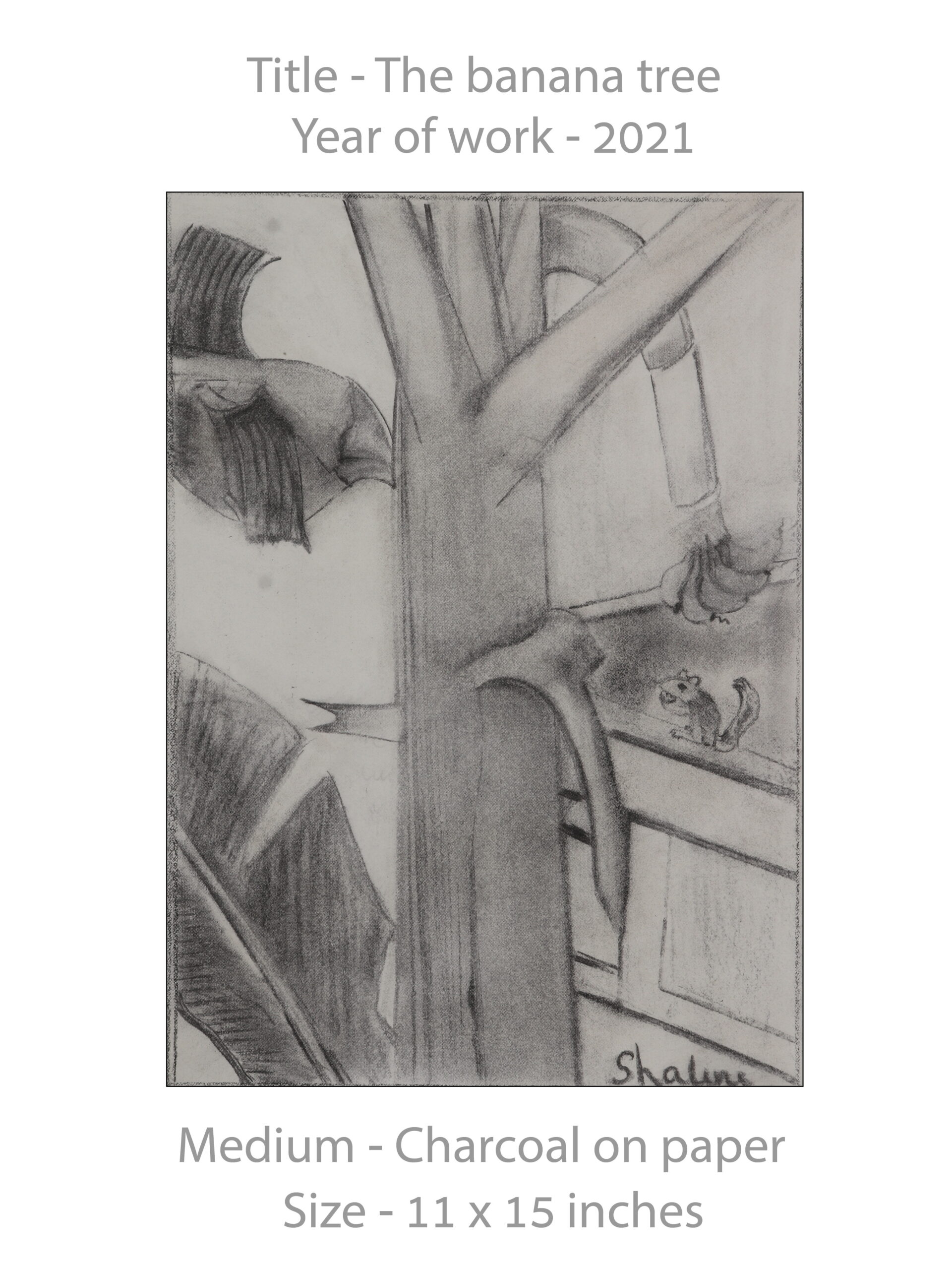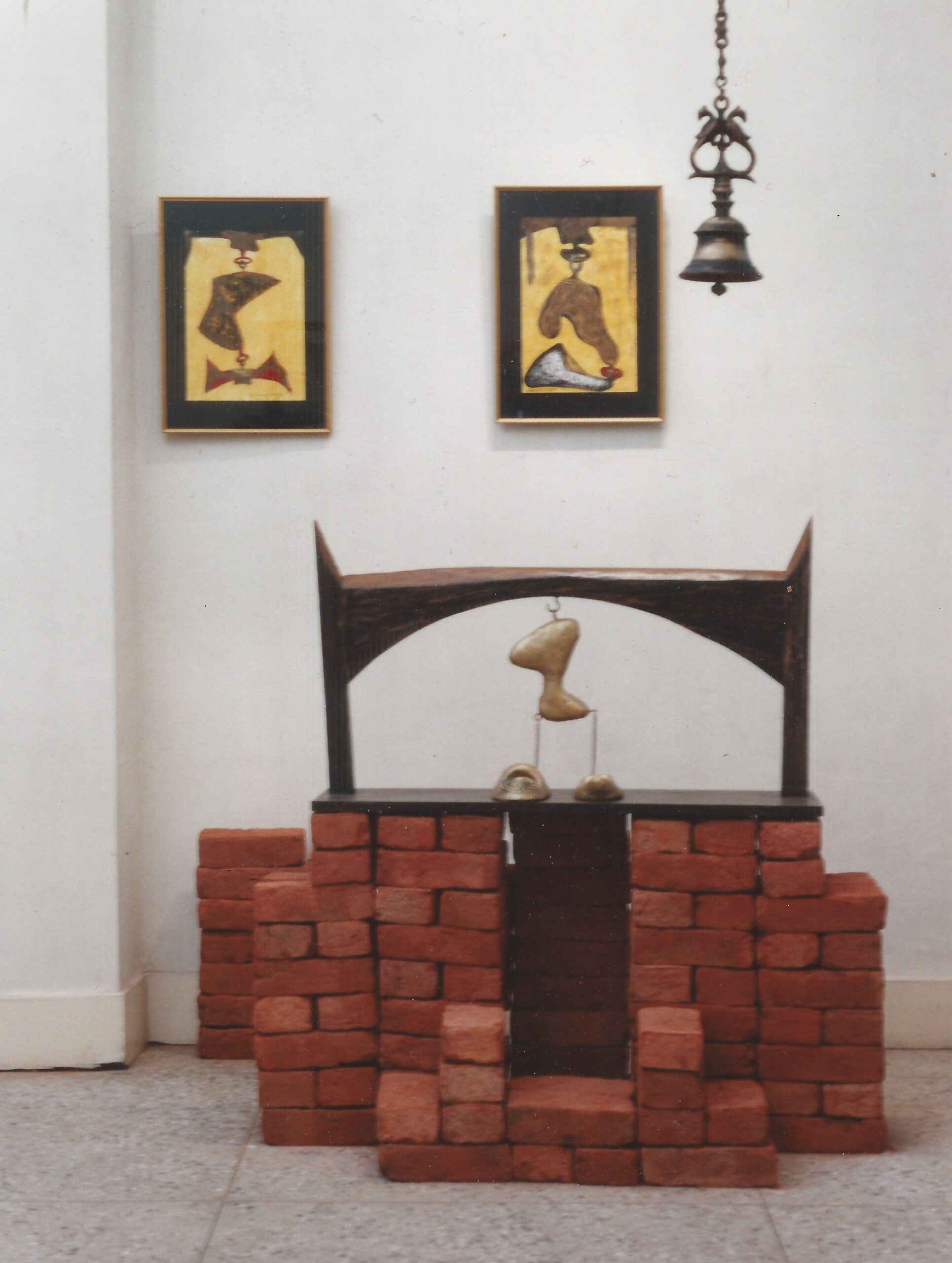Rachna Sethi Reviews the Book of Poems which was read out live by the two poetesses at IIC on April the 28th . (Please read the Editorial for details– also read two of
Book Mark
by Sukrita Paul Kumar and Savita Singh.New Delhi: Rajkamal, 2008, 179 pp., ISBN: 978-81-267-1465-0, Rs 250
Sukrita and Savita Singh’s volume of poetry Saath Chalte Hue /Rowing Together is a novel collaboration. It features Sukrita’s English poems and Savita Singh’s Hindi poems along with translations of the other’s poems. The idea of convergence comes across in the book and its title. Saath Chalte Hue/Rowing Together gathers the concept of a journey traversed together, the poet-translators moving along in their creative endeavour.
The individually distinct voices of the two poets come across in their ‘original’ poetic pieces and also ‘speak’ to the readers in translations of the other’s experiences. The creativity of the poet emerges clearly in both the poems and the translations. The collaborative effort raises various theoretical issues of translation, especially regarding translation of poetry.
The poem and its translation sit side by side in the boat, gliding along the river of creativity according equal space to the creation and the transcreation. The hierarchy of languages is dismantled, and the translator’s role is not seen as a secondary one but as that of a primary and equal partner. It is a confluence where the translator is the artist who understands the craft. The poet is the translator and the translator is the poet, the mirror images reflecting each other’s thoughts and words. The mirror that not only reflects what it sees but at times refracts, fills the silences and the gaps in the original.
The volume is divided into eight sections: Hona/Being, Srijana/Creating, Anyata/Othering, Nirkhana/Seeing, Palna/Nurturing, Chintana/Reflecting, Peeda/Suffering and Basera/Dwelling. The poems under the various thematic concerns over a wide range of topics from gender roles, poetic process, depicting the other, issues of language to love and pathos. They find expression both through disjointed phrases and felicity of language, the language of the ordinary being juxtaposed with various literary allusions.
Sukrita’s poem “When the Snakes Came for Shelter/Jab Saanp Aashray ke Liye Aaye”
is a powerful poem about the soldier Sunangukai. It overturns the concepts of war, victory and celebration from a gender perspective. It foregrounds the woman question in war-torn Zimbabwe. ‘ “But I am on your side”, her lips uttered/ “The war is over, don’t you know”/-announced their male glee.’ Savita Singh’s “Main Kiske Aurat Hoon”(“Whose Woman Am I”) is a strong assertion in response to an older woman’s questions, ‘ “Mein kisi ke aurat nahin hoon…aur mera permeshwar koi nahin”’(‘ “I am no-one’s woman..And I have no Lord”’).
Savita Singh grapples with the process of writing, of putting words to paper in couple of poems and in “Kahan Liye ja Rahe Hoon Mujhe Mere Kavita”(“Where are you Taking Me, my Poesie” talks of the struggles and ordeals of the creative process. The poetry is not ordered and controlled, evokes images not of ripples but of hurricanes, pulling the writer along and charting its own course.
Sukrita deals with the deep bond between mothers and daughters, of the unsevered umbilical cord and female genealogy in quite a few poems. “History”(“Itihaas”) talks of the continuum, “I am,/I know now,/my mother,/as you/ are yours.”
The translations do complete justice to the original, blurring the boundaries between the ‘original’ and ‘translation’. Through this creative mediation between the two poet-translators a new grammar and language emerges. Sukrita and Savita Singh nurture support and articulate each other’s creative expressions. Here’s wishing for many more journeys and rowings together.
Rachna Sethi is a Lecturer in the Department of English, Rajdhani College, University of Delhi









